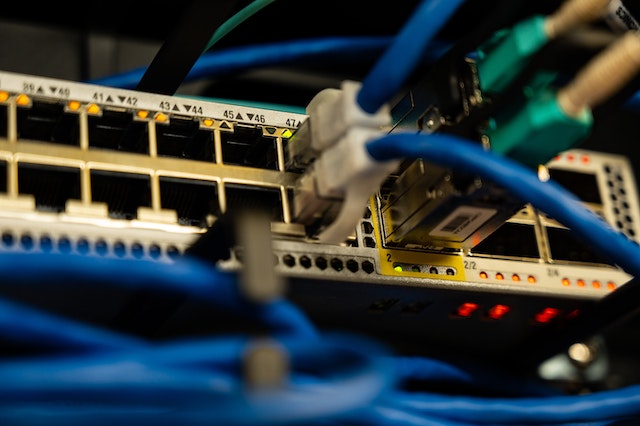In today’s digital age, connectivity is the lifeblood of modern technology. From computers to industrial machinery, D-Sub connectors have been a dependable choice for connecting various devices for decades. In this blog post, we’ll dive into the world of D Sub connector, exploring their history, applications, and why they continue to be a go-to option in the realm of connectivity.
A Brief History of the D-Sub Connector
The D-Sub connector, also known as the D-subminiature or D-sub, has a rich history dating back to the 1950s. It was developed by Cannon (now ITT Cannon) and is characterized by its distinctive D-shaped metal shield, which provides protection against electromagnetic interference (EMI) and ensures a secure connection.
Originally designed for use in computers and data communication systems, the D-Sub connector has evolved over the years to accommodate various sizes and pin configurations, making it suitable for an extensive range of applications.
D-Sub Connector Variants
D-Sub connectors come in a variety of sizes, including 9-pin, 15-pin, 25-pin, and 37-pin configurations, with 15-pin and 9-pin connectors being the most common. The number of pins determines the connector’s potential for transmitting signals and power, making it suitable for a wide array of uses.
Applications of D-Sub Connectors
D-Sub connectors are known for their versatility, making them indispensable in multiple industries and applications:
1. Computing and IT:
D-Sub connectors have a rich history in the IT world, where they were originally used to connect peripherals like monitors and printers. Though newer technologies like HDMI and USB have emerged, D-Sub connectors are still found in legacy systems and industrial applications.
2. Industrial Automation:
In industrial automation, D-Sub connectors play a pivotal role in connecting sensors, control systems, and other equipment. Their robust design and EMI shielding are particularly valuable in harsh industrial environments.
3. Telecommunications:
D-Sub connectors have also been employed in the telecommunications sector, often used for connecting modems, routers, and other networking equipment.
4. Aerospace and Defense:
In the aerospace and defense industries, where reliability is paramount, D-Sub connectors find use in various applications, including avionics systems, radar equipment, and military communication devices.
5. Audio and Video:
Despite the rise of digital interfaces, D-Sub connectors are still used in some audio and video applications, such as VGA and RGB connections.
Advantages of D-Sub Connectors
D-Sub connectors offer several advantages that have contributed to their enduring popularity:
1. Durability:
D-Sub connectors are built to withstand mechanical stress and environmental challenges, making them suitable for use in demanding conditions.
2. EMI Protection:
The metal shield around D-Sub connectors provides effective protection against electromagnetic interference, ensuring signal integrity.
3. Easy Termination:
These connectors are easy to terminate and install, which is a boon for technicians and engineers.
4. Versatility:
D-Sub connectors are adaptable, available in various pin configurations, and compatible with numerous cable types.
